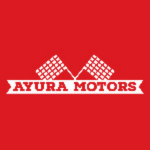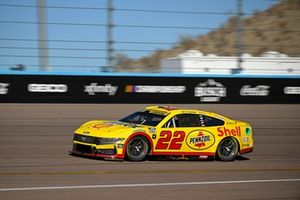

**Key Features to Think About When Selecting a Bullbar for Four-Wheel Drive Vehicles**
Enhancing the safety and utility of your four-wheel drive vehicle requires the addition of a bullbar, an indispensable accessory. Tailored to safeguard the vehicle’s front from collisions with animals, obstacles, and other vehicles, a bullbar can also serve as a platform for extra accessories. However, with a plethora of choices on the market, picking the right bullbar can seem overwhelming. Here are some key features to keep in mind when selecting a bullbar for your four-wheel drive vehicle.
**1. Material:**
Bullbars are generally constructed from steel, aluminum, or plastic. Steel bullbars are recognized for their robustness and longevity, making them suitable for strenuous off-road usage. Aluminum bullbars are lighter and resistant to rust, striking a good balance between strength and weight. Plastic bullbars, although less common, are lightweight and capable of providing sufficient protection for city driving.
**2. Design and Style:**
Bullbars are available in a range of designs, including single hoop, triple hoop, and bumper replacement options. The choice is determined by your aesthetic desires and the degree of protection needed. Single hoop bullbars deliver basic protection, whereas triple hoop models offer more extensive coverage. Bumper replacement bullbars ensure complete front-end protection and often blend seamlessly with the vehicle’s design.
**3. Compatibility:**
Verify that the bullbar is suitable for your specific vehicle make and model. Compatibility is vital for proper fitting and to guarantee that the bullbar does not obstruct the vehicle’s sensors, airbags, or other safety features.
**4. Airbag Compatibility:**
Contemporary vehicles are fitted with airbags that necessitate precise deployment during a collision. It is crucial to select a bullbar that is airbag compatible, which means it has been tested and certified to function with the vehicle’s airbag system without impeding its operation.
**5. Mounting Points:**
Look into the number of mounting points for additional equipment such as driving lights, antennas, and winches. An effectively designed bullbar should offer various mounting options to improve the versatility of your vehicle.
**6. Legal Compliance:**
Various regions have specific laws governing bullbars, particularly related to pedestrian safety and vehicle modifications. Confirm that the bullbar you select adheres to local regulations and standards to prevent legal complications and promote safety.
**7. Finish and Coating:**
The finish of a bullbar affects not just its look but also its endurance. Powder-coated finishes offer superb resistance to scratches and corrosion, while polished finishes provide a sleek appearance. Take into account the environmental conditions your vehicle will face when choosing the finish.
**8. Weight:**
The weight of the bullbar can influence the vehicle’s handling and fuel efficiency. Heavier bullbars provide greater protection but can significantly add weight to the front of the vehicle. Consider the balance between protection and weight, especially if you often navigate tough terrains.
**9. Brand Reputation:**
Opt for a bullbar from a reputable manufacturer known for quality and dependability. Investigate customer feedback and seek suggestions from other four-wheel drive enthusiasts to make sure you are investing in a product that fulfills your expectations.
**10. Installation:**
Assess whether the bullbar necessitates professional installation or if it can be set up as a DIY project. Some bullbars include comprehensive instructions and all necessary hardware, making them simpler to install without professional help.
In summary, choosing the appropriate bullbar for your four-wheel drive vehicle demands thorough consideration of multiple features such as material, design, compatibility, and legal compliance. By analyzing these aspects, you can select a bullbar that not only enhances the safety and functionality of your vehicle but also enhances its overall look.






